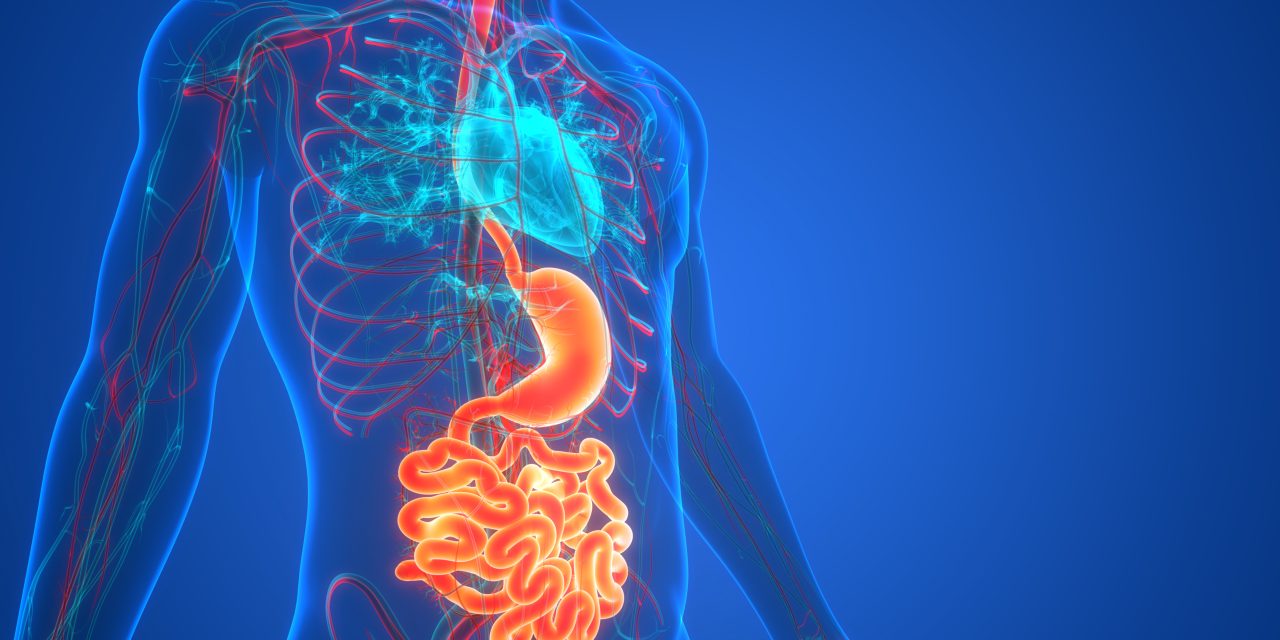To determine if a concurrent posterior repair for an asymptomatic rectocele at the time of sacrocolpopexy reduces the incidence of surgical failure.
This is a retrospective chart review with a cross-sectional follow-up survey of all patients who underwent sacrocolpopexy from 2004 to 2014. Demographic and operative data were collected from the medical record. For the cross-sectional portion, patients were contacted to obtain information on symptoms and retreatment after surgery. In this study, we included patients with an asymptomatic rectocele on examination, defined as Ap or Bp ≥ -1 on POP-Q without defecatory dysfunction, which was defined as constipation based on the Rome III criteria, dyschezia, excessive straining and/or splinting to have a bowel movement. The primary outcome was a composite score of subjective bulge symptoms or retreatment for prolapse.
Three hundred forty-four patients met the inclusion criteria: 185 (53.8%) had a sacrocolpopexy only (SCP) and 159 (46.2%) had a concurrent posterior repair (SCP + PR). The composite failure rate was 10.2% (95% CI = 7.4-13.8%), with a 13.5% (25) failure rate in the SCP group compared with 6.3% (10) in the SCP + PR group (p = 0.03). On multivariable logistic regression, the adjusted odds of failure was 2.79 in the SCP compared with the SCP + PR group (CI 1.25-6.23; P = 0.01). The rates of de novo defecatory dysfunction following surgery were low (SCP = 5.6% vs. SCP + PR = 7.5%, p = 0.55).
For patients with asymptomatic rectoceles, a concurrent posterior repair at the time of sacrocolpopexy reduces the odds of composite patient-centered failure without an increased rate of dyspareunia or de novo defecatory dysfunction.
Does concurrent posterior repair for an asymptomatic rectocele reduce the risk of surgical failure in patients undergoing sacrocolpopexy?


